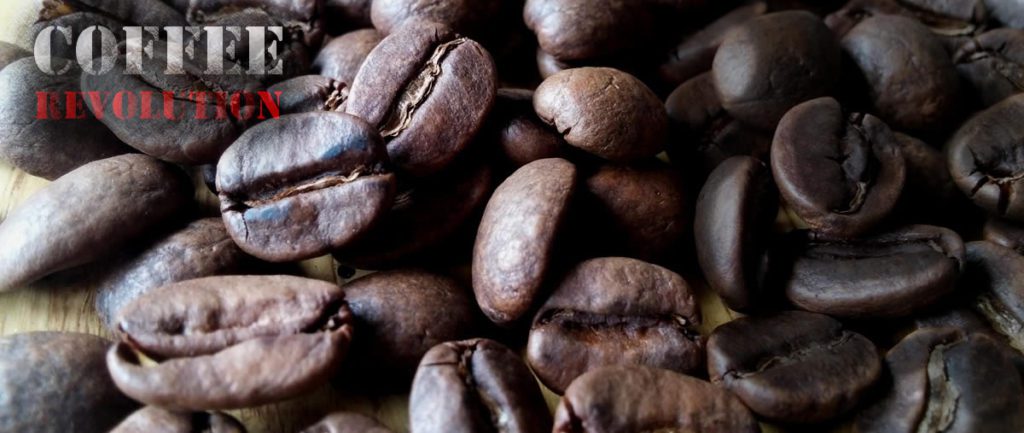Keeping coffee beans and grounds fresh is imperative to the overall flavor yielded by the desired brewer, meaning that fresh coffee is usually the best. One of the biggest threats to all kinds of coffee is humidity.
When it comes to green coffee beans, too little humidity will cause the beans to dry out too much, but too much humidity will cause mold growth.
Storing green coffee beans is a little more tricky when compared to roasted whole bean and ground coffee. This is primarily because green coffee beans are great at absorbing excess moisture in the air, which can lead to disastrous consequences.
Humidity can significantly impact the flavor of stored coffee beans. Coffee beans are hygroscopic, which means they can absorb moisture from their surrounding environment, including the air.
Here’s how humidity affects the flavor of stored coffee beans:
- Absorption of Moisture: In high-humidity conditions, coffee beans can absorb excess moisture from the air.
This moisture can lead to the degradation of the beans’ essential oils, which contain much of the beans’ aromatic compounds.
As these oils break down, the beans can lose their flavor and aroma, resulting in a dull and flat taste. - Mold and Spoilage: Excessive humidity can create an environment conducive to the growth of mold and other microorganisms.
This can lead to spoilage of the beans and the development of off-flavors.
Moldy or spoiled beans can have an unpleasant, musty, or sour taste that is far from the desired coffee flavor. - Staleness: Humidity can accelerate the staling process of coffee beans.
Staling is a natural process where the volatile compounds that contribute to the beans’ aroma and flavor dissipate over time.
High humidity can speed up this process, causing the beans to become stale more quickly. Stale coffee tends to taste flat, lacking the vibrant flavors and aromas associated with freshly roasted beans. - Uneven Extraction: When brewing coffee, humidity can affect the extraction process.
Coffee that has absorbed excess moisture may not extract properly during brewing.
This can lead to under-extraction, where the brewed coffee lacks depth and complexity, or over-extraction, resulting in bitter and astringent flavors.
For the most part, when buying green beans, they will come in packaging that is suitable for long term storage.
But, once the package is opened, the leftover beans must be stored properly.
In the packaging, green beans can last upwards of a year, but once opened, Green beans are best stored in an airtight container in an environment between 50-55% humidity, and at around 50 degrees Fahrenheit, or 13 degrees Centigrade.
This is to help ensure that the coffee beans maintain a humidity level as close to 12% as possible.
If at any point the green beans become wet, it’s recommend to roast them as soon as possible, as while drying, mold may start to grow.
Humidity also has an impact on coffee that has already been roasted, especially ground coffee.

Whole beans are easier to care for once their one way package has been opened, as they have less surface area than ground coffee does, meaning it doesn’t go stale as quick. Much like green beans, roasted beans and ground coffee should be stored in an airtight container and kept in a cool and dark place.
As perfect as it may seem, the last place you want to store your coffee is in the fridge or freezer. This is because each time you pull the canister out of the fridge and open the lid, moisture will rush into it, effectively saturating the coffee.
Opening the canister while cold can also cause condensation to build up inside, which can cause mold as well.
Tips for preserving the taste of your coffee.
- Use Airtight Containers: Store your coffee beans in airtight containers with proper seals to prevent moisture from entering and affecting the beans.
- Avoid Fluctuations: Keep the storage environment relatively stable in terms of temperature and humidity. Fluctuations in these conditions can accelerate the degradation of the beans.
- Choose Cool, Dry Places: Store your coffee beans in a cool, dry place away from direct sunlight and moisture sources, such as the kitchen sink or open windows.
- Small Batches: Only buy or grind coffee in quantities that you can use within a couple of weeks. This prevents you from having to store beans for extended periods.
Keeping pre-ground coffee fresh is likely the most difficult, but keeping it in an airtight container, and in a similar environment that whole beans stay fresh in, the ground coffee should last into the week without any adverse flavors forming.
